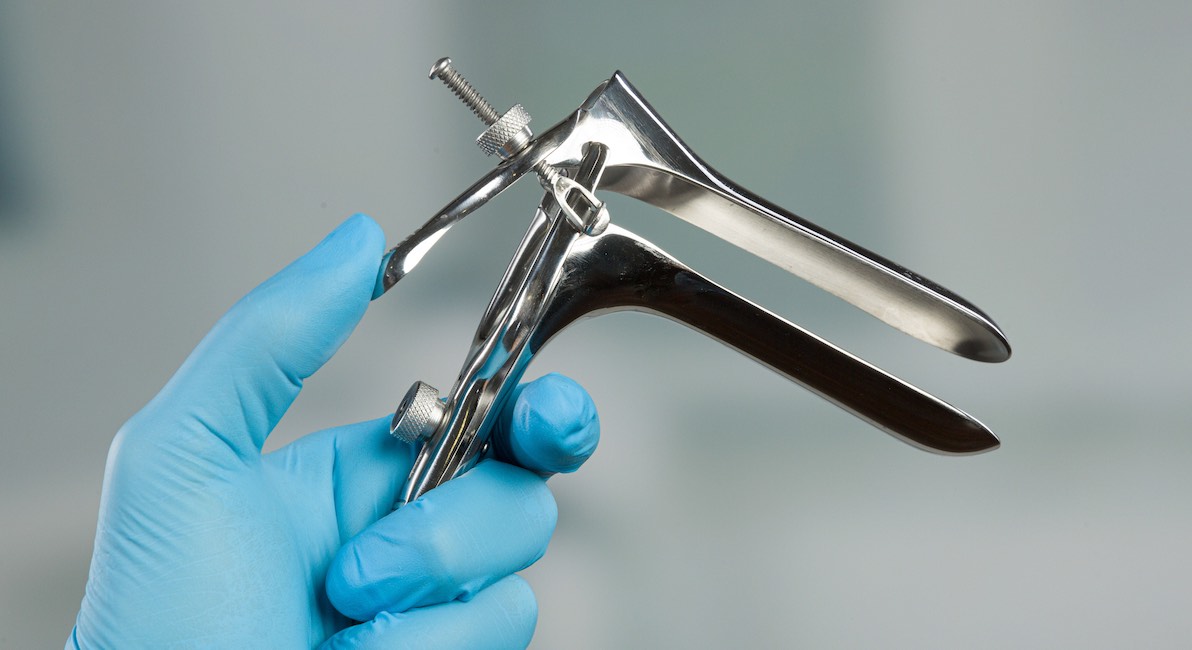Americans United for Life examined abortion facility health inspection reports from 39 states and documented violations in its recently-released report, “UNSAFE: America’s Abortion Industry Endangers Women.”
The report found that 184 abortion facilities in 32 states were cited for problems related to cleanliness or failing to ensure a sanitary environment. These states included Alabama, Arizona, Arkansas, Connecticut, Delaware, Florida, Georgia, Illinois, Indiana, Kentucky, Louisiana, Maryland, Massachusetts, Michigan, Mississippi, Missouri, Nevada, New Jersey, New Mexico, New York, North Carolina, Ohio, Oregon, Pennsylvania, South Carolina, South Dakota, Tennessee, Texas, Utah, Virginia, Washington, and Wisconsin.
You can see a list of the abortion facilities that were cited here.
According to the report, “Common violations included failure to follow handwashing protocols, failure to follow established infection control protocols, and refusal to develop infectious disease protocols.” Other documented violations included:
- Equipment exam rooms, pre/post operation rooms and patient seating areas had torn, broken or makeshift repairs, preventing the surfaces from being properly sanitized;
- Staff wearing used scrubs over and over again;
- Staff performing procedures and examinations, and/or handling dirty objects without washing hands;
- Blood and bodily fluid stained and/or splattered on floor, wall, lights and other equipment;
- Medicine, blood testing, and fetal remains kept in the same refrigerators as food;
- Autoclaves (sterilizers) that were not being properly monitored, not used to manufacturers’ standards, and/or not working;
- Soiled and clean equipment stored in the same room;
- Contaminated syringe containers being stored incorrectly;
- Improper water temperatures for laundry and sterilization;
- Single-use vials being used multiple times and on different patients;
- Vaginal probes, surfaces, and other equipment not being disinfected between uses;
- Infectious waste not being stored or disposed of properly
At the Beacon Women’s Center in Alabama, “medical waste was placed in black trash bags and placed in the abortion clinic dumpster,” and the doctor was caught using the same needle on multiple patients.
In an abortion facility in Connecticut, inspectors found “numerous surgical instruments packaged for use that were heavily pitted, rust-stained, or with discolorations,” and doctors were not washing their hands.
In the District of Columbia, abortion facilities did not properly sanitize their instruments.
In Georgia, a facility failed to store biohazardous waste properly.
In Illinois, one facility failed to sterilize instruments and inspectors declared an “immediate jeopardy situation.”
READ: ‘Unsafe’: Report on abortion facility inspections reveals horrific injuries and deaths
A bizarre situation was documented in Massachusetts pertaining to:
… the way staff were preparing medications at Four Women clinic. Staff would remove the metal ring from the top of the vial and remove the rubber stopper, which compromised the integrity of the multi-dose vial. Staff would remove this metal ring with a can opener or by using the door jamb; this was demonstrated to the surveyor when the nurse practitioner opened a bottle of lidocaine in the door jamb. In addition, instead of using a sterile needle and syringe, staff would pour the contents of the vial into a cup for the surgeon.
Inspection reports in Michigan and Nevada documented facilities not properly sterilizing instruments. In Nevada, failure to change the filters on transvaginal ultrasound probes was observed.
Mississippi’s lone abortion clinic, Jackson Women’s Health, was cited for “failure to minimize public exposure to medical waste” and not disposing of medical waste properly.
Facilities in New Jersey also had cleanliness issues and abortionists who didn’t wash their hands. At Cherry Hill Women’s Center, an abortion worker was observed putting an aborted baby into a Styrofoam cup.
Ohio inspection reports cited stained carpets, dusty and dirty air vents, and walls smeared with blood and other fluids.
Records in South Carolina showed some abortion facilities failing inspection after inspection for neglecting to properly dispose of medical waste and disinfect surfaces.
Facilities in Tennessee failed to “provide a sanitary environment in the procedure and sterilization rooms.” Abortionists used the same surgical scrub for multiple patients.
Some abortion workers in Texas admitted that their abortionist didn’t observe proper sterilization procedures. For example, he disposed of biohazardous waste in standard garbage bags instead of in sterile bags. Allegedly, he did this to save money. Other abortion workers were unaware of proper procedures regarding sterilization.
A facility in Virginia was cited for peeling paint, stained pillowcases, dirty machines, splatters on the walls, dried blood on the exam light, torn surfaces, and stains of unknown origin on surfaces patients would come in contact with. Staff at the same facility were observed intending to give a blood-spattered gown to a patient.
At another facility in the same state, a doctor performed a vaginal ultrasound without washing his hands. This was a recurring problem and the abortion facility was repeatedly cited for it.
These are only some of the violations discovered and meticulously documented by Americans United for Life. As appalling as these violations are, the situation may be even worse in states that don’t inspect abortion facilities at all.
Source: Catherine Glenn Foster, Steven H. Aden, ed. UNSAFE: America’s Abortion Industry Endangers Women (Americans United for Life, 2021)
“Like” Live Action News on Facebook for more pro-life news and commentary!







